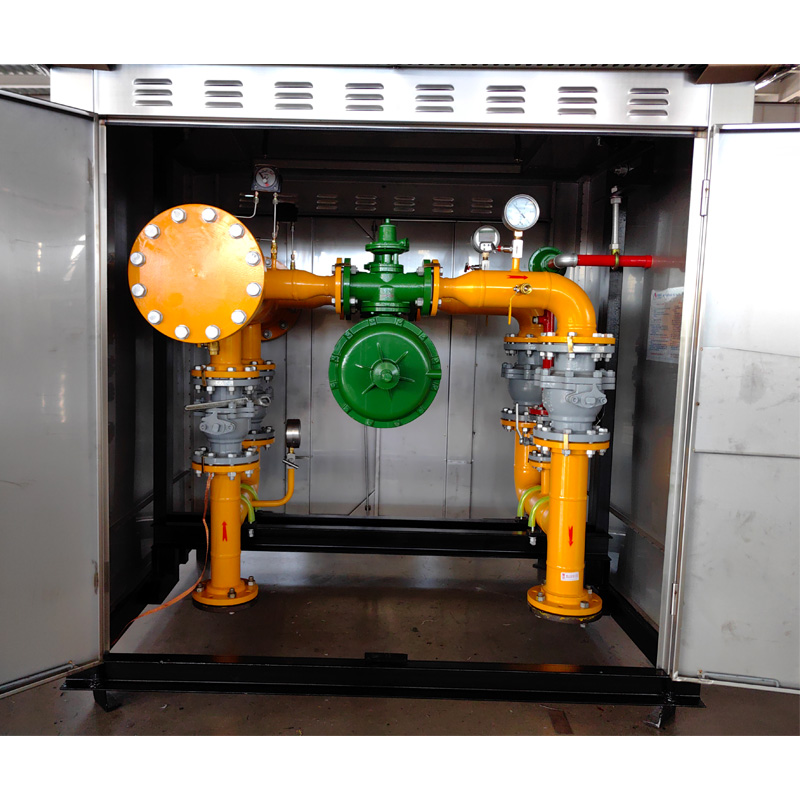
Nov . 09, 2024 01:24
Back to list
High-Performance Voltage Regulator for Enhanced Precision and Stability in Electronics
Understanding Precision Voltage Regulators
In the realm of electronic engineering, the demand for stable and precise voltage levels has become critical. This is where precision voltage regulators play an essential role. These devices ensure that the output voltage remains constant, regardless of variations in input voltage or load conditions. They are pivotal in applications ranging from consumer electronics to industrial machinery, where exact voltage levels are crucial for performance and reliability.
What is a Precision Voltage Regulator?
A precision voltage regulator is designed to maintain a fixed output voltage with minimal variation over time and temperature. Unlike standard voltage regulators, which may provide acceptable performance under certain conditions, precision regulators boast tighter tolerances, ensuring that the output voltage remains close to the desired value. These devices minimize the effects of input fluctuations, load changes, and temperature shifts, typically offering output voltage variations (commonly referred to as load regulation and line regulation) in the millivolt range.
Key Features of Precision Voltage Regulators
1. Low Output Voltage Drift Precision regulators exhibit minimal voltage drift with temperature changes, often specified in parts per million (ppm) per degree Celsius. This is critical for applications that operate over a wide temperature range.
2. High Power Supply Rejection Ratio (PSRR) A high PSRR indicates that the regulator can effectively filter out fluctuations in the supplied voltage, maintaining a consistent output. This is vital in achieving stable operational performance.
3. Low Noise and Ripple The output voltage of precision regulators typically has low levels of noise and ripple, making them suitable for sensitive applications such as analog and RF circuits.
4. High Accuracy Precision voltage regulators can achieve output voltages that are accurate to 0.1% or better, allowing for reliable performance in sophisticated electronic systems.
5. Temperature Coefficient The change in output voltage with temperature is minimal in precision regulators. This ensures that the devices can perform reliably across various environmental conditions.
Applications of Precision Voltage Regulators
precision voltage regulator

Precision voltage regulators are widely utilized across various industries, including
1. Communication Systems In telecommunications, where signal integrity is paramount, precision regulators ensure that equipment operates under stable voltage conditions, reducing the likelihood of signal degradation.
2. Medical Devices In medical instrumentation, where accuracy is critical, these regulators provide stable power management, which is essential for sensitive diagnostic equipment.
3. Industrial Automation Precision regulators are used to maintain stable voltage in control systems, ensuring that automation equipment functions efficiently and reliably.
4. Consumer Electronics Devices such as smartphones and laptops rely on precision voltage regulators to manage battery charging, ensuring optimal performance and longevity.
Choosing the Right Precision Voltage Regulator
When selecting a precision voltage regulator, several factors should be considered.
- Output Voltage Requirement The desired output voltage level should be clearly defined based on the application's needs. - Load Requirements Understanding the load current requirements will help determine the necessary specifications and ensure that the regulator can handle the expected load without compromising performance. - Thermal Management It is essential to assess the thermal characteristics and cooling mechanisms required to maintain optimal operating conditions for the regulator. - Regulation Specifications Reviewing the datasheet for load and line regulation specifications is crucial for ensuring the selected device meets the necessary performance standards.
Conclusion
Precision voltage regulators are indispensable in modern electronic design, providing the stability and accuracy necessary for a wide range of applications. As electronic devices continue to evolve and demand higher precision, the role of these regulators will only become more pronounced. Understanding their features, applications, and selection criteria is vital for engineers aiming to design robust electronic systems that require minimal voltage variation.
Latest news
-
Safety Valve Spring-Loaded Design Overpressure ProtectionNewsJul.25,2025
-
Precision Voltage Regulator AC5 Accuracy Grade PerformanceNewsJul.25,2025
-
Natural Gas Pressure Regulating Skid Industrial Pipeline ApplicationsNewsJul.25,2025
-
Natural Gas Filter Stainless Steel Mesh Element DesignNewsJul.25,2025
-
Gas Pressure Regulator Valve Direct-Acting Spring-Loaded DesignNewsJul.25,2025
-
Decompression Equipment Multi-Stage Heat Exchange System DesignNewsJul.25,2025

